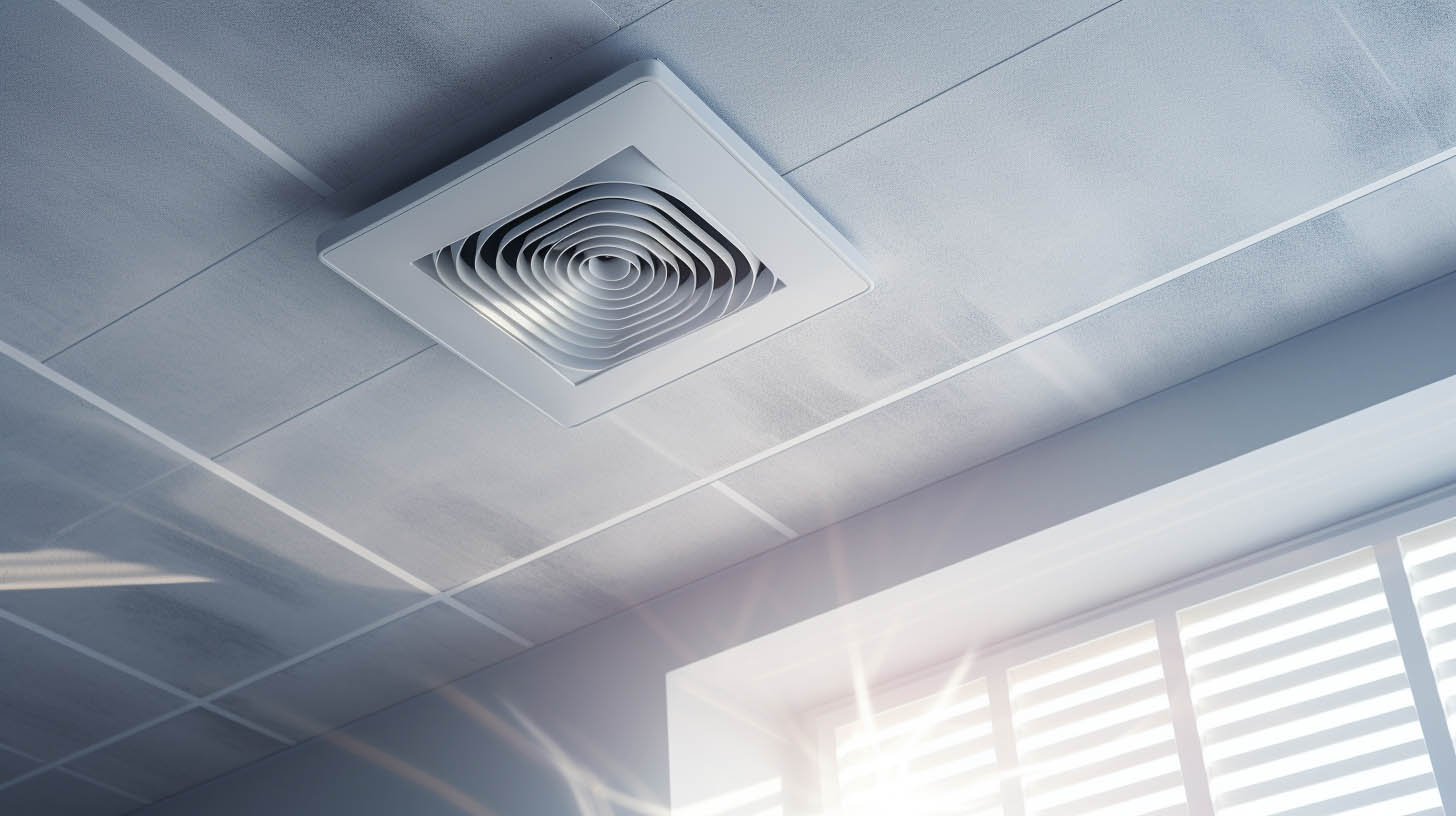
Essential Guide to Optimal Home Ventilation: Ensuring Comfort and Efficiency
Understanding the Importance of Proper Home Ventilation
Home ventilation plays a pivotal role in maintaining a comfortable and healthy living environment. It involves the systematic movement of air throughout the house, ensuring fresh air intake and the expulsion of stale, humid air. This process is crucial for several reasons:
Temperature Regulation: Effective ventilation helps in balancing indoor temperatures, preventing areas of the home from becoming excessively hot or cold.
Humidity Control: It reduces the accumulation of moisture, thereby mitigating the risk of mold growth and structural damage.
Air Quality Improvement: Regular air exchange filters out pollutants, allergens, and odors, enhancing the overall air quality within the home.
Energy Efficiency: Properly ventilated homes require less energy for heating and cooling, leading to lower utility bills.
Active Ventilation Systems: Enhancing Air Movement
Active ventilation systems use mechanical means to facilitate air movement. These systems are particularly effective in regions with minimal natural wind flow. Key types include:
Turbine Vents: Utilize the principle of hot air rising to create air movement in the attic, functioning even in the absence of wind.
Power Vents: These are low-profile, circular vents installed near the roof’s peak, using electricity to extract hot air from the attic.
Solar Powered Vents: Similar to power vents but operated by solar panels, offering an eco-friendly ventilation solution.
Ridge Vents: Installed along the roof ridge, these vents are less visible and allow continuous air flow. They are equipped with baffles to optimize air exchange and prevent external elements like snow or insects from entering.
Passive Ventilation: Harnessing Natural Air Flow
Passive ventilation relies on natural air currents and thermal buoyancy to circulate air. This method is energy-efficient and cost-effective. Common types include:
Static Vents: These vents use convection, allowing hot air to escape through strategically placed vents.
Ridge Vents (Passive): Similar to their active counterparts but without baffles, these vents run along the roof’s ridge, facilitating natural air flow.
Gable End Vents: Positioned on the exterior walls of the attic, these vents leverage external wind to move air in and out of the attic.
The Critical Need for Ventilation Checks
Regular inspection and maintenance of home ventilation systems are vital for several reasons:
Preventing Overheating: Inadequate ventilation can lead to excessive heat buildup, causing discomfort and overworking air conditioning systems.
Extending Roof Life: Proper ventilation is essential for prolonging the lifespan of your roof by preventing heat and moisture accumulation.
Warranty Preservation: Many roofing material warranties require adequate ventilation. Failure to maintain proper ventilation can void these warranties.
At MaxForce Roofing and Siding LLC in Columbus, OH, we understand the intricacies of home ventilation. Our team of experts is adept at assessing and implementing the most suitable ventilation solutions for your home, ensuring longevity, comfort, and efficiency.
Conclusion
Effective home ventilation is not just a luxury but a necessity for maintaining a healthy, comfortable, and energy-efficient living environment. Whether it’s active or passive systems, understanding and implementing the right ventilation strategy is key to enhancing your home’s overall well-being. Regular checks and maintenance by professionals like MaxForce Roofing and Siding LLC can ensure that your home remains a safe and pleasant space for years to come.

